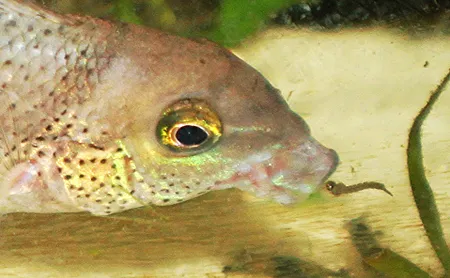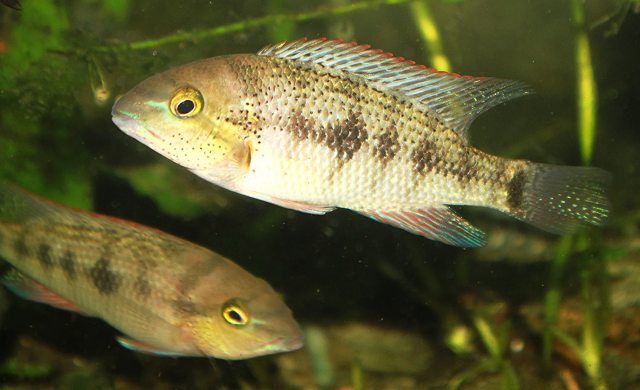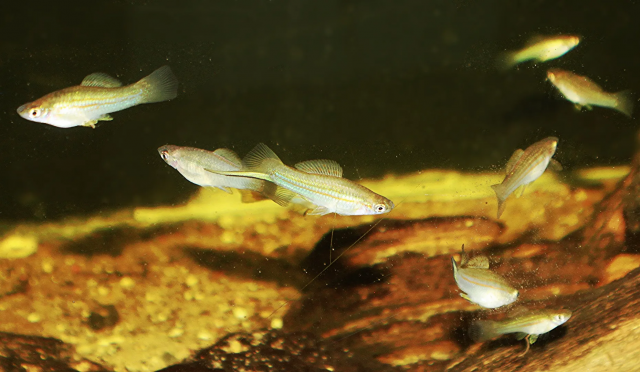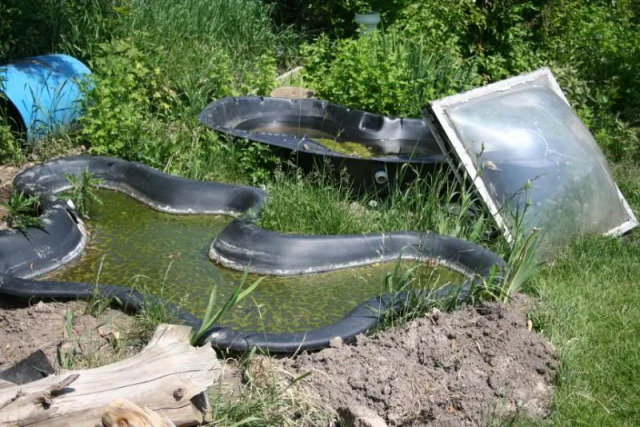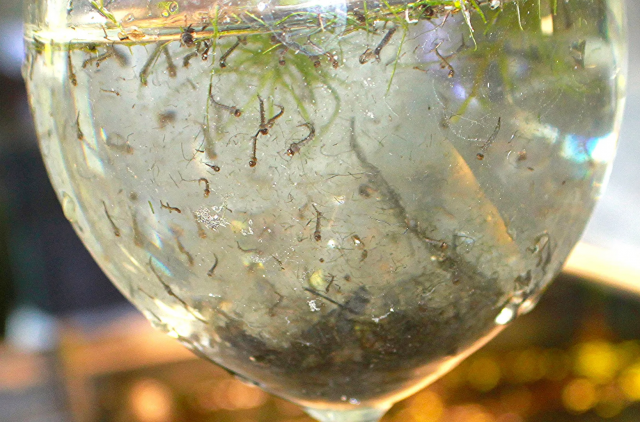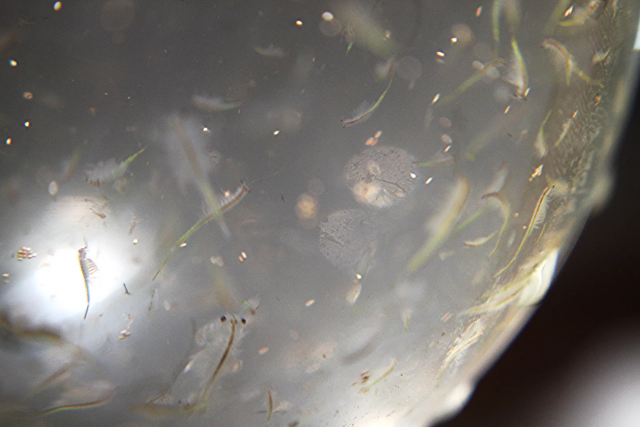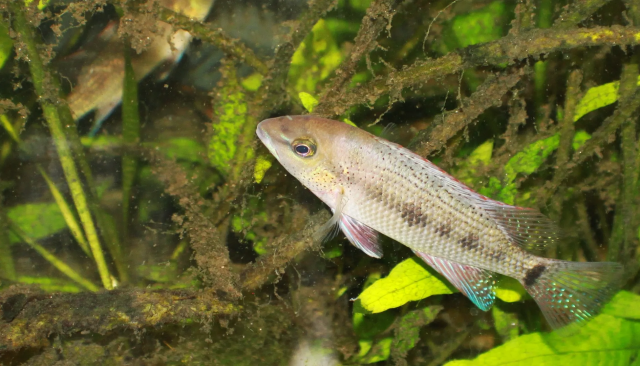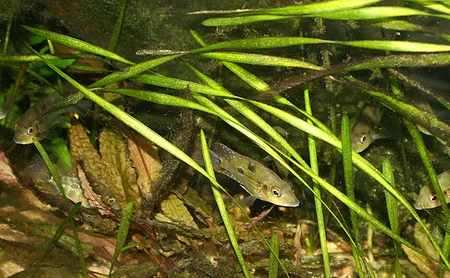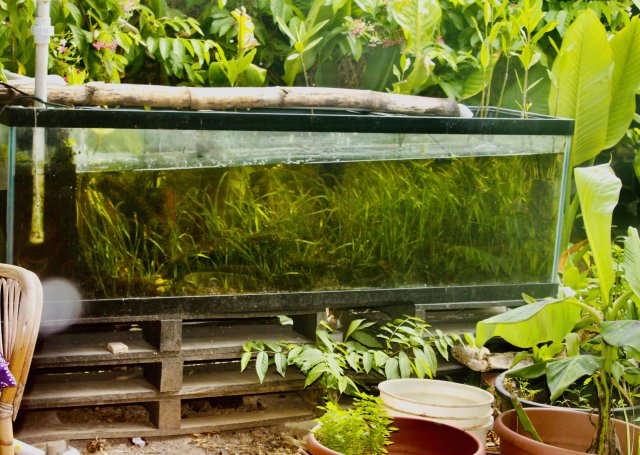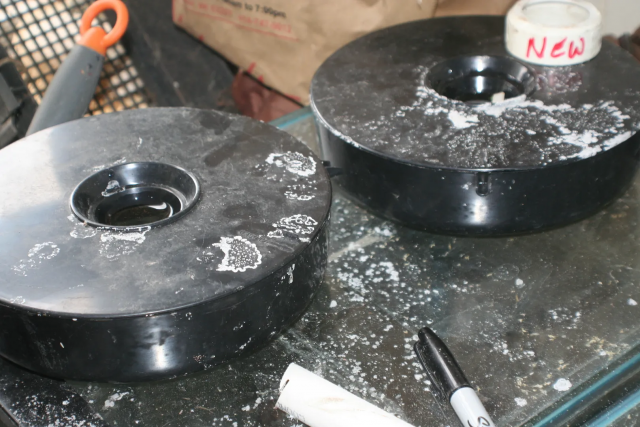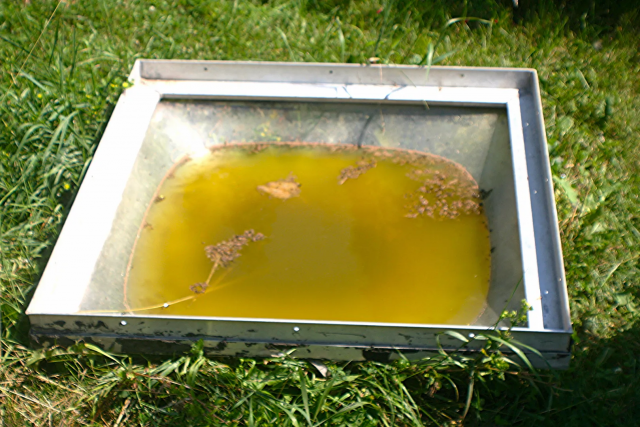Hey all.
So I am gonna grab eight Rheoheros lentiginosus soon and thinking about the tank design.
Ultimately say in a year’s time or whenever the R. lentiginosus gets too big, I will be setting up a much larger tank (thinking 250gal or more, not sure yet) with a sump system. For now I am gonna keep them in a 40-50 gal with internal filtration, staying away from AIOs this time, which should be fine for a bunch of 2” fish for a while.
Here’s my research so far.
Based on that, my plan is to have the substrate be a mix of sand, gravel, and rocks. Originally I was thinking 90-95% sand, but after watching videos of Rio Chacamax and so on, especially where R. lentiginosus are featured, there are far more rocks than I thought. So I am thinking more like maybe 55% sand, 10% gravel, and 35% smaller rocks (pebbles), and then have some larger rocks scattered throughout.
In the back left and front right corners I will fill up with some rock + woodwork, just piling them up but creating spaces in between to create spaces for the cichlids to hide/breed in. These will be areas of lower flow.
Right side of the tank I will have a sponge filter, and just above it a strong wave maker, which hopefully I can set up to take in the air bubbles produced from the sponge filter. I will wrap it with filter floss to protect live stock from being sucked in. To the sides I will attach some pieces of bark to give it a more ‘natural’ look. Same with the sponge filter actually - or lightly pile some rocks around.
Center back of the tank I want an internal filter with the outlet also pointed to the left, and also wrapped with bark to give it a more natural look.
So the flow should go from right to left and hopefully be strong enough. My main concern is aeration as these cichlids seem to require highly oxygenated water.
Temperature I am thinking of keeping it at around 25 C. Or perhaps lower, around 22 C, will play around with it to see what the fish likes.
I am also thinking of having crushed coral, or maybe just the rocks normally used for marine aquariums to buffer pH.
Minerals however… not sure how to best work that out. So this is where I’d need recommendations.
In terms of establishing the tank, after cycling I will scrape some algae from my current tank and add it to this tank, while also adding some ferts. Will also leave the lights on for a long time each day, hoping for algae growth to be rampant. That will be followed by adding pest snails and cheap shrimps, hoping to get a lot growing and breeding all over. This will be supplementary food for the fish.
I will also try to see if I can get some potato plants growing at the surface, probably above the two corners, eventually the roots can grow downwards and add more cover and for the fish.
And finally, fish!
If things go well, the fish will feed in the open areas, and then chill in the two opposing corners. Feeding is the one thing I am still finalizing - specifically what food to actually add to the tank and how much, considering the fish will hopefully already feed on the snails/shrimps.
What do y’alls think? All recommendations are welcomed. Except for getting a bigger tank right now.
So I am gonna grab eight Rheoheros lentiginosus soon and thinking about the tank design.
Ultimately say in a year’s time or whenever the R. lentiginosus gets too big, I will be setting up a much larger tank (thinking 250gal or more, not sure yet) with a sump system. For now I am gonna keep them in a 40-50 gal with internal filtration, staying away from AIOs this time, which should be fine for a bunch of 2” fish for a while.
Here’s my research so far.
Based on that, my plan is to have the substrate be a mix of sand, gravel, and rocks. Originally I was thinking 90-95% sand, but after watching videos of Rio Chacamax and so on, especially where R. lentiginosus are featured, there are far more rocks than I thought. So I am thinking more like maybe 55% sand, 10% gravel, and 35% smaller rocks (pebbles), and then have some larger rocks scattered throughout.
In the back left and front right corners I will fill up with some rock + woodwork, just piling them up but creating spaces in between to create spaces for the cichlids to hide/breed in. These will be areas of lower flow.
Right side of the tank I will have a sponge filter, and just above it a strong wave maker, which hopefully I can set up to take in the air bubbles produced from the sponge filter. I will wrap it with filter floss to protect live stock from being sucked in. To the sides I will attach some pieces of bark to give it a more ‘natural’ look. Same with the sponge filter actually - or lightly pile some rocks around.
Center back of the tank I want an internal filter with the outlet also pointed to the left, and also wrapped with bark to give it a more natural look.
So the flow should go from right to left and hopefully be strong enough. My main concern is aeration as these cichlids seem to require highly oxygenated water.
Temperature I am thinking of keeping it at around 25 C. Or perhaps lower, around 22 C, will play around with it to see what the fish likes.
I am also thinking of having crushed coral, or maybe just the rocks normally used for marine aquariums to buffer pH.
Minerals however… not sure how to best work that out. So this is where I’d need recommendations.
In terms of establishing the tank, after cycling I will scrape some algae from my current tank and add it to this tank, while also adding some ferts. Will also leave the lights on for a long time each day, hoping for algae growth to be rampant. That will be followed by adding pest snails and cheap shrimps, hoping to get a lot growing and breeding all over. This will be supplementary food for the fish.
I will also try to see if I can get some potato plants growing at the surface, probably above the two corners, eventually the roots can grow downwards and add more cover and for the fish.
And finally, fish!
If things go well, the fish will feed in the open areas, and then chill in the two opposing corners. Feeding is the one thing I am still finalizing - specifically what food to actually add to the tank and how much, considering the fish will hopefully already feed on the snails/shrimps.
What do y’alls think? All recommendations are welcomed. Except for getting a bigger tank right now.






